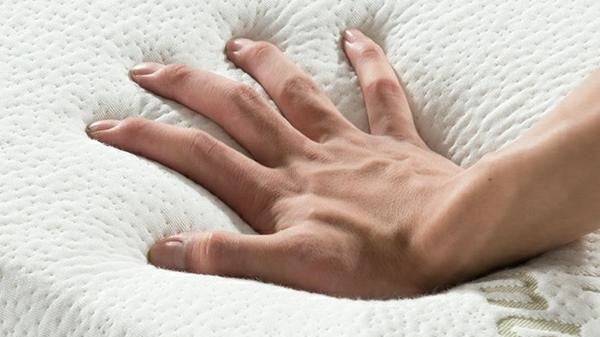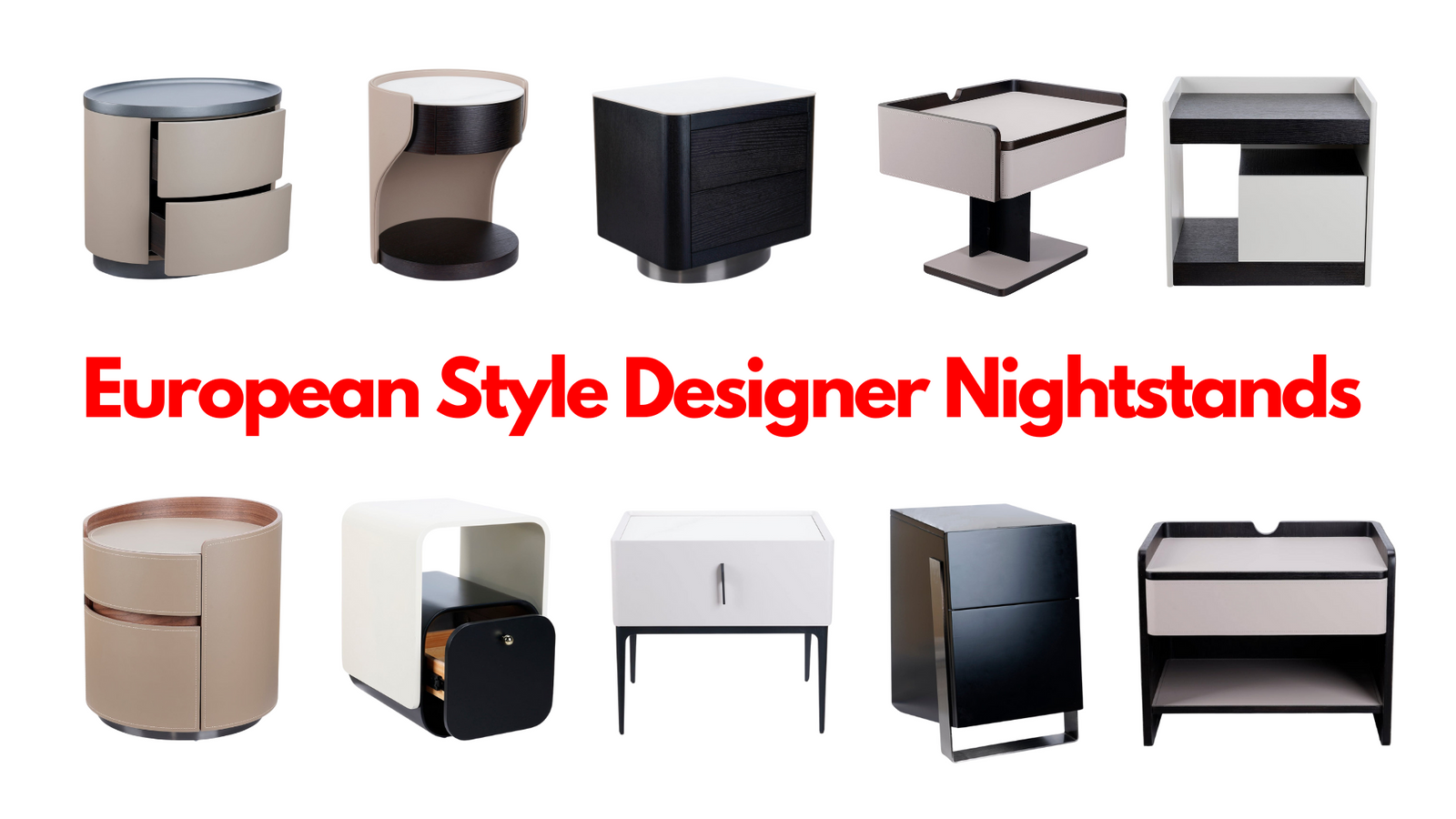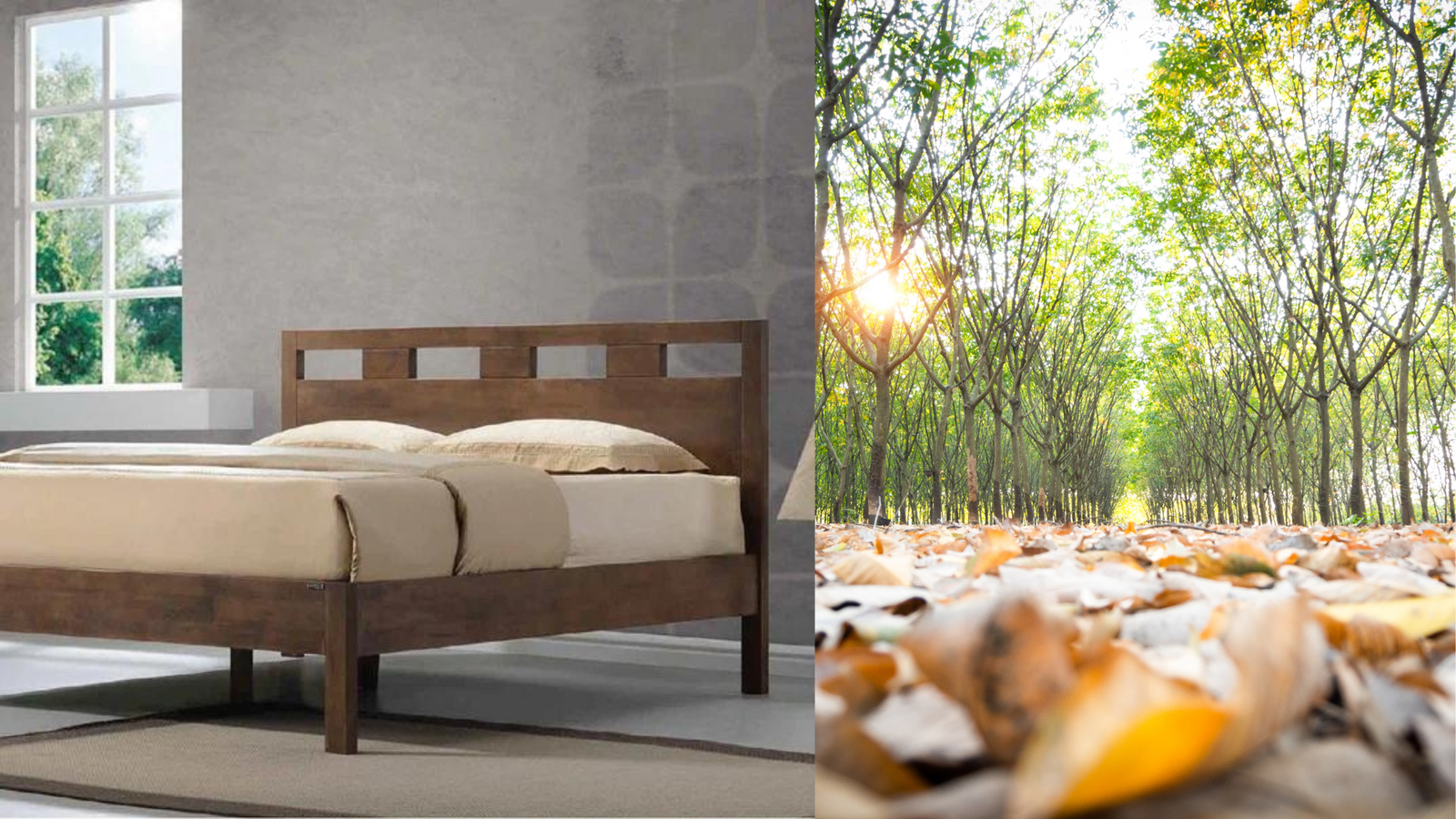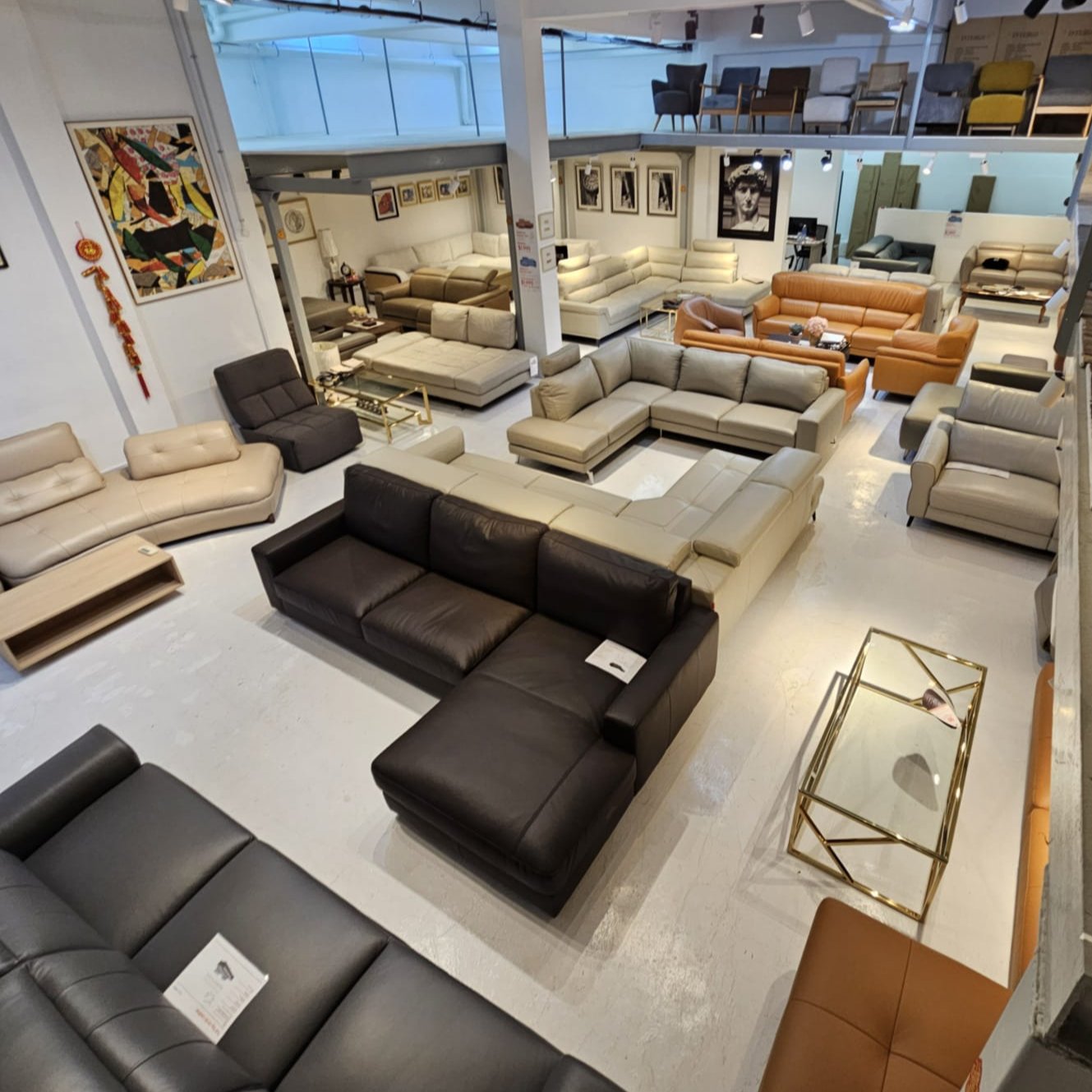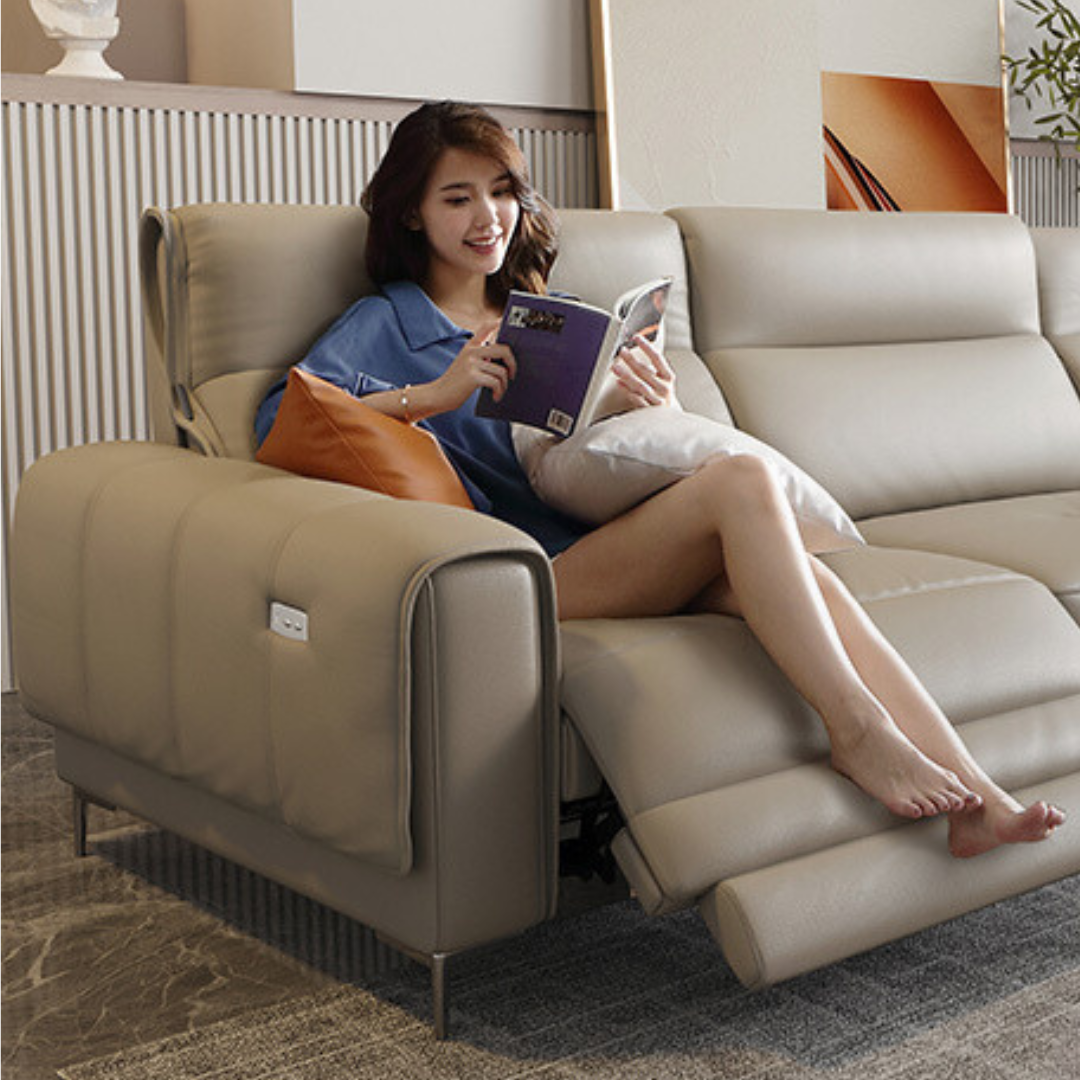Memory foam used in mattresses consists mainly of polyurethane as well as additional chemicals increasing its viscosity and density. It is often referred to as "viscoelastic" polyurethane foam, or low-resilience polyurethane foam (LRPu). Higher-density memory foam softens in reaction to body heat, allowing it to mould to a warm body in a few minutes. Newer foams may recover more quickly to their original shape.
Developed For NASA
Memory foam was developed in 1966 under a contract by NASA's Ames Research Center to improve the safety of aircraft cushions. Ames scientist Chiharu Kubokawa and Charles A Yost of the Stencel Aero Engineering Corporation working in collaboration with engineers from Olin Chemical Corporation were major contributors to this project.
The first buns of the foam for use in sleeping surfaces were produced in 1979. This was at the request of NASA engineers by the E.R. Carpenter Company in Houston, Texas. They were delivered to Quality Mattress Co.,Inc. in Houston, Texas for fabrication. Quality Mattress Co. worked in collaboration with NASA engineers for years. They developed experimental sleeping surfaces for proposed use aboard proposed low gravity rotational habitats for interplanetary spacecraft - destination Mars.
E.R. Carpenter Company continued to manufacture the foam, and Quality Mattress Company pioneered its use in pads for operating tables and other medical applications. For example, it was commonly used in cases where the patient was required to lie immobile in their bed on a firm mattress for an unhealthy period of time. The pressure on some of their body regions impaired the blood flow to the region, causing pressure sores or gangrene. Memory foam mattresses significantly decreased such events. Claims have also been made that memory foam reduces the severity of pain associated with fibromyalgia.
The temperature-sensitive memory foam was initially referred to as “slow spring back foam”; Yost called it "temper foam". Created by feeding gas into a polymer matrix, the foam has an open-cell solid structure. This structure matches pressure against it, yet slowly springs back to its original shape.
Tempur-Pedic Swedish Mattress
NASA released memory foam to the public domain in the early 1980s. Shortly Fagerdala World Foams was one of the few companies willing to work with the foam. The manufacturing process remained difficult and unreliable. Their 1991 product, the "Tempur-Pedic Swedish Mattress" eventually led to the mattress and cushion company, Tempur World. Today, memory foam is used as a common component by virtually every mattress manufacturer. It is used in both innerspring and solid foam mattresses. The first foam samples produced were of a very high density of over 6.0 lb/cuft - approaching that of high quality latex. As foam density is one of the most significant factors in determining its cost, this resulted in the finished foam product being very expensive. Today, it rare to impossible to find memory foam that is manufactured above a density of about 5.0 lb/cuft.
Memory foam was initially too expensive for widespread use but became cheaper as it was manufactured in lower densities. Its most common domestic uses are mattresses, pillows, shoes and blankets. It has medical uses, such as wheelchair seat cushions, hospital bed pillows and padding for people suffering long-term pain or postural problems; for example, a memory foam cervical pillow may alleviate chronic neck pain. Its heat-retaining properties may help some pain sufferers who find the added warmth helps to decrease the pain.
Heat Retention Issues
Unfortunately, the heat-retaining properties can also be a downside when used in mattresses and pillows so in the second generation memory foam, companies began using open cell structure to better help with breathability. In 2006, the third generation of memory foam was introduced. Gel visco or gel memory foam consists of gel particles fused with visco foam to reduce trapped body heat, speed up spring back time and help the mattress feel softer.
Gel-infused memory foam was next developed with what were described as "beads" containing the gel which, as a phase-change material, would achieve the desired temperature stabilization or cooling effect by changing from a solid to a liquid "state" within the capsule. Changing physical states can significantly alter the heat absorption properties of an element, which is why the technology was applied to memory foam. Phase-change materials (PCMs) have also been used in the covers that are used on memory foam pillows, beds, and mattress pads.
Unfortunately these phase change technology has become less popular because for this technology to work there must be movement by the "sleeper" to trigger a change of "state". If there is little movement heat starts to build up. Nullifying the cooling effect. Long term customer reviews have generally been negative.
The Rest Is History
Basically memory foam has become more mainstream and its cost has generally decreased over the years. Mattress makers now combine layers of memory, latex and high density polyethylene foams with an innerspring base. This layering takes the best properties of these foams in different thicknesses and structures to provide a unique sleeping experience. Memory Foam provides the body hugging feature and helps reduce pressure points. Latex provides the bounce and back support.
Recommended Links
- Learn more about Inkagu mattresses.
- Inkagu Mattress Collection.
- Top 10 Things That Can Stain Your Mattress.
- Top 10 Best Mattress Features For Better Sleep.
- To keep in touch with us about the latest deals follow us on Facebook.

